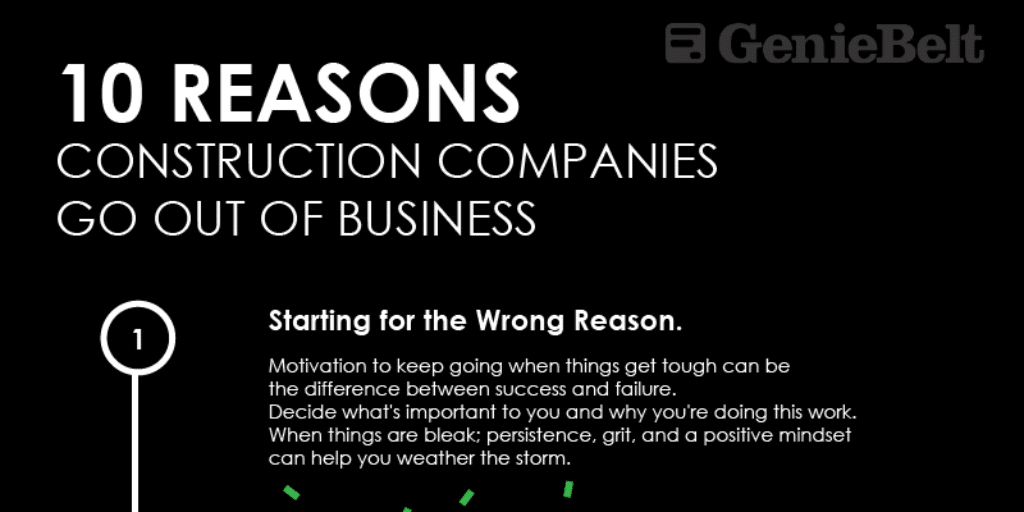A project lifecycle is formed by 4 phases: the initiation, planning, execution and closing. In each one of them, managers find specific workflows to follow in order to carry on with the work effectively.
The closing phase of the project can be overlapped with the execution, as long as the main activities are finished. The primary goal is to identify documentation missing, mishaps during the other stages, opportunities for improvement, manage risks and evaluate performance indicators to figure out if the global execution was done thoroughly.
In the project closure, activities such as gathering deliverables, evaluating final costs, planning the handover documentation and communicating with clients and workers play an important role to have a successful closeout. In construction or civil design, a well-planned closeout is in particular weighty to the overall score to the project.
There are 7 steps encompassing a successful project closeout. These tasks will help you to make the transition as smooth as possible to get satisfied clients and happy workers.
1. Hold a pre-closeout meeting with all participants
The first step is to hold different post-mortem meetings involving stakeholders, retailers, company based workers, field workers, and contractors. As each one of them has different roles in the project, meetings should be held depending on how you prioritize the information deliverance.
In a project closeout session for workers, regardless if they are company based or contractors, the goals, deliverables, and activities are under the spotlight. They need to identify the missing activities, expenses and closing deadlines.
Communicating early to retailers is important to build a budget with a real project margin, and assure you have all the recipes for materials, goods or order for services. Once the project is in the archives, retailers usually take a lot of time to deliver new documentation.
Whenever all the information about the project is clear, you can hold meetings with clients to give them a full overview of missing activities, dates of closure and performance indicators.
2. Organizational Closeout
In this step, managers should send communication to the interested parts to return all borrowed or rented equipment and fill the necessary paperwork. The purpose of an organizational closeout is to terminate contracts with third parties and make use of the resources owned by the company.
In construction, is important to check if all the permits and standards are valid to the date of official closure before keep moving with the final stage. In case there are permits to renovate, they should be added to the closeout budget as last-minute expenses.
Additionally to this, appreciation memos to all teams are prepared for the human resources office to acknowledge their efforts.
3. Gather the documentation
During the planning phase of the project, a list of deliverables is handled to the workflow owners, team leaders and project managers. This list needs to be reviewed to check all the documentation was generated on time.
Make a workflow with the steps to get the documentation you miss and what would be the deadline to ask for it in order to close in the day planned. Pay attention to confidential documentation and paperwork requiring signature from third parties.
Activities are undertaken within the project closeout need to be reported and written down. The process of assignments made during the first steps of the closeout is followed through daily reports. This documentation also needs to have its own list to record extra costs and process issues.
4. Client closeout
After you have all the deliverables, budget projections and the official budget at hand, it is time to arrange a closed-door meeting with the clients. Here, they must agree and sign the list of the documentation provided.
But beyond paperwork, you must make sure the client is satisfied with the final result of the project. It is important to have an honest conversation if possible.
In case the client can’t meet in person, quick surveys are a good option to have insights on their thoughts about the project execution, planning process and in general if the activities were performed correctly.
5. Missing paperwork, budget assessment and risk management
In perfect conditions and following the client’s closeout, there shouldn’t be missing paperwork or last-minute expenses. Nevertheless, depending on the type of project extra costs may be still applicable – often if there is missing paperwork or activities in collaboration with third parties.
The risk assessment takes part only when all documentation is in good shape, approved and signed by the client and managers. In the risk assessment, heads of each department and experienced workers discuss whether there are threads concerning the closure of the project.
For example, is there are activities that are taking over a big part of the closure budget and the cash flow for other tasks is affected. Also, environmental or political menace may appear after the project is finished and the product is used by the client.
6. Write the final Report
After risk assessment and with all the documentation, you got a detailed landscape of the whole performance of the project split into different phases. In the final report, the results of each of the project stages are the central axis alongside a brief description of some of the key activities, processes required to finish them and deliverables generated.
Likewise, the issues faced during the project execution and planning are highlighted to get a rough outline of the solutions. By any means, the final report aims to give a full description of the project – so it is wise to keep it concise and result-oriented.
7. Gather your team for the lesson learned
Even if the key performance were lower than expected, it is a good idea to finish the project in good terms.
Starting from what the accomplishments were, to the difficulties endured by teams to get the project running, and the activities that failed in the execution, the team closeout must highlight the achievements and assess the negative equally.
Showing staff and contractors their role in the project and as an essential part of building the company strengthen relationships with managers, encouraging them to keep learning and improving.




